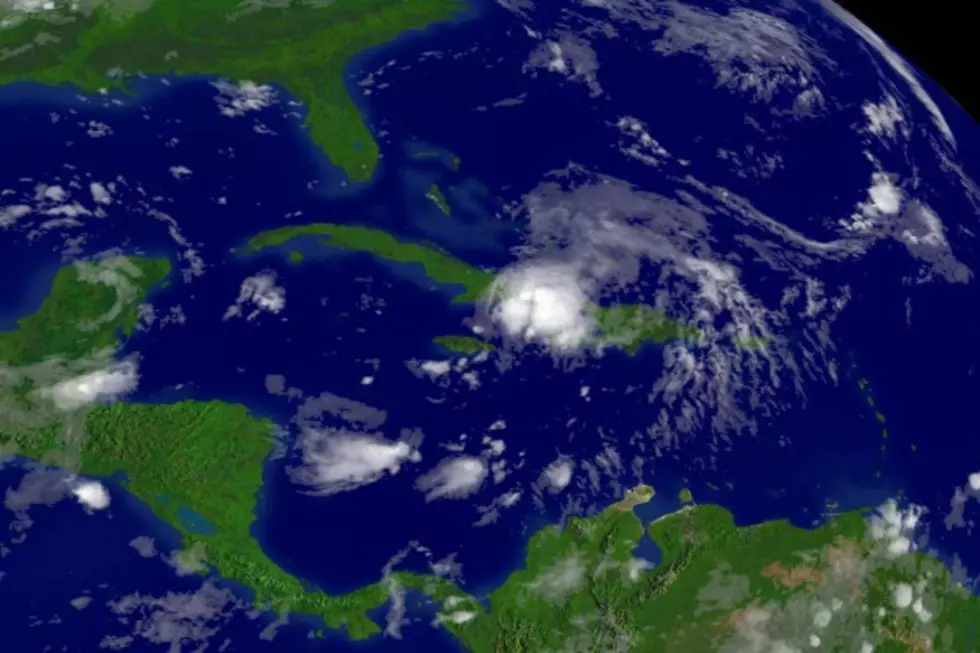
Science Could Be Close to Mapping Out Alien Worlds
Scientists are making revolutionary advancements in how they study alien planets. Recently, astronomers discovered that they could use the process of reflecting starlight in order to create composite maps of unknown worlds that would enable them to define pertinent aspects of planetary life, such as land, water and clouds.
With no telescope in existence powerful enough to capture the articulate imagery of distant planets, scientist Nicolas Cowan developed a piece of software that can be used to take snapshots of selected points of reflected starlight on an extrasolar planet and enable the basic schematic of a map to be composed.
To test this software, Dr. Cowan applied the mechanics of the program to distant images of Earth captured by NASA’s Deep Impact spacecraft during the EPOXI mission. “The object of this experiment was to see whether we could identify the colors of surfaces on Earth, [and tell] how many major surfaces are there, and what they look like,' said Dr. Cowan.
What he found was that his software was able to extract the reflectance signatures of three major surfaces: land, oceans and clouds, which could assist scientists in determining variables like exoplanetary climates and land to ocean ratios. However, Cowan says that it will take a next-generation telescope (predicted to not exist until the 2020’s) to properly resolve the projected light and meaningfully deduce the patterns of an Earth-like planet’s rotation.
There is currently an estimated 100 billion planets in the Milky Way waiting to be studied – 17 of them are sun-like stars with worlds resembling Earth rotating around them.
More From GuySpeed









